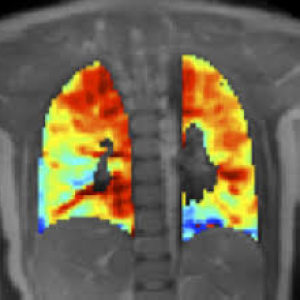
According to a recent study published in the journal Chest, the Official Journal of the American College of Chest Physicians found that compared to people with asthma who never smoked, the CT scan segmental airway lumen area is reduced in those with asthma who smoke, particularly in severe cases of the disease, and is associated with worse current clinical symptom control and small airway dysfunction.
Evidence shows that cigarette smoking is related with worse clinical symptomatology in patients with asthma and also with abnormal segmental airways in healthy subjects. In their article entitled “Poor Symptom Control Is Associated With Reduced CT Scan Segmental Airway Lumen Area in Smokers With Asthma,” Neil C. Thomson, MD, of the Institute of Infection, Immunity and Inflammation at the University of Glasgow, and colleagues conducted a cross-sectional study on 93 subjects with mild, moderate, and severe asthma (smokers, n= 46 and never smokers, n=47) to establish if symptom control in smokers was associated with narrowed segmental airways and, or, increased wall thickness. Participants were assessed with computed tomography (CT).
Results revealed that the CT scan segmental airway lumen area was reduced in smokers with asthma compared with never smokers with asthma (16.6 mm2 vs 19.6 mm2, respectively). LB10 measurements also showed similar results with smokers with asthma having smaller airway lumen areas when compared to never smokers with asthma (14.8 mm2 vs 19.9 mm2, respectively).
[adrotate group=”11″]
Results revealed no differences between smokers and non-smokers with asthma in wall thickness or in larger airway (RB3 and LB3) dimensions.
In smokers with asthma, a reduced lumen area in fifth-generation airways (RB10 or LB10) was associated with poor symptom control. There was no association between poor symptom control in the “never smokers” group. This lack of control also was linked with a diminished postbronchodilator FEV1/FVC in smokers with asthma.
Based on these results, the researchers concluded according to a recent news release, “In the current study, smokers with asthma had higher ACQ-6 scores indicating poor current symptom control,” the researchers wrote. “These findings suggest that a reduced segmental airway lumen area, along with other factors including corticosteroid insensitivity, may contribute to worse current symptom control in smokers with asthma compared with never smokers with asthma.”

